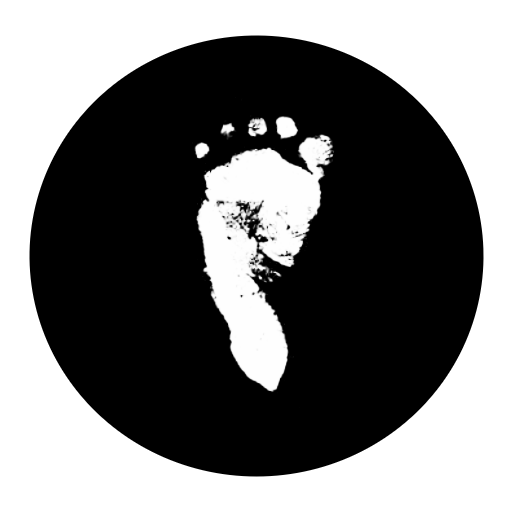Do No Harm?
Do No Harm?
By Kimberly Reyes
Hospital wings and dormitories, namesakes of a bygone era believed to have been relegated to medicine’s barbaric past, are in fact alive and well. We find the atrocities of a system of inequity are not so easily removed as a plaque or portrait. There has been a great deal of discussion surrounding the legacy of racism in medicine, while it seems that the real and lasting effects have yet to be addressed.
In 1851 Dr. Samuel Cartwright wrote the following for the New Orleans Medical and Surgical Journal, “Besides, it is not only in the skin, that a difference of color exists between the negro and the white man, but in the membranes, the muscles… and in all the fluids and secretions...His bile is of a deeper color and his blood is blacker than the white man’s.” The idea that racial difference exists as anything more than skin deep would seem ridiculous to even the modern layman, yet medical practice is steeped in the notion that these long held precepts are actually true.
A 2020 study in the New England Journal of Medicine had the following to say: “...despite mounting evidence that race is not a reliable proxy for genetic difference, the belief that it is has become embedded, sometimes insidiously, within medical practice.” In other words, there has been progress made in leaps and bounds over the last two decades surrounding the underlying function and difference in genetics. It has become clearer and clearer that there is no evidence of real genetic disparity based solely upon race, yet the actual diagnostic tools used in everyday practice still operate under the false and frankly dangerous assumptions.
The same study went on to outline examples of diagnostic tools which use algorithms that take false notions of racial difference into account, while highlighting the very real disparity in care they produce. For example the American Heart Association’s Heart Failure Risk Score is meant to determine the risk of death in patients admitted to the hospital. The metric automatically assigns 3 extra points to any patient identified as “non-black”, as a result it automatically classifies black patients to a lower risk category. The index is used to determine how doctors treat patients. Assigning a lower risk to black patients based on this pseudoscience can and has led to them being denied critical and often lifesaving treatment.
In the same vein, equations used to measure kidney function operate under the assumption that the serum creatinine level ( a marker of good kidney function) is on average higher for patients identified as black. The study noted, “algorithm developers justified these outcomes with evidence of higher average serum creatinine concentrations among black people than among white people. Explanations that have been given for this finding include the notion that black people release more creatinine into their blood at baseline, in part because they are reportedly more muscular.” This type of overt and patently false overgeneralization of physical difference might as well be drawn directly from the medical journals of the 19th century, instead it is actually embedded into clinical practice in the year 2021.
There are numerous other examples of the role that assumptions surrounding the physiological differences between races play in everyday medical care. Ranging from cardiology to obstetrics, doctors continue to use diagnostic tools that take into account false differences, while producing very real and sometimes fatal results. No changing the name of a building or quietly placing a portrait into storage will correct these historical wrongs. The medical field must address the very real and insidious nature of these dangerous and false beliefs before any true progress can be made.
For further discussion of this topic and related ones please follow our podcast at: www.alltheunexpected.com and subscribe today.
Questions and comment can be sent directly to: alltheunexpected@gmail.com
Follow us on Facebook, Instagram and LinkedIn
For further reading on topics related to this article:
Samuel Cartwrights writing on Black Health from the 19th Century
Full Text of study: Racial Bias in Pain Assessment and Treatment
2020 Study in The New England Journal of Medicine about the Use of Race in Clinical Algorithms

